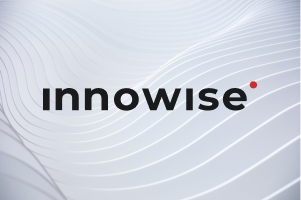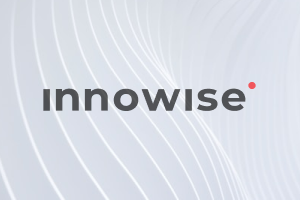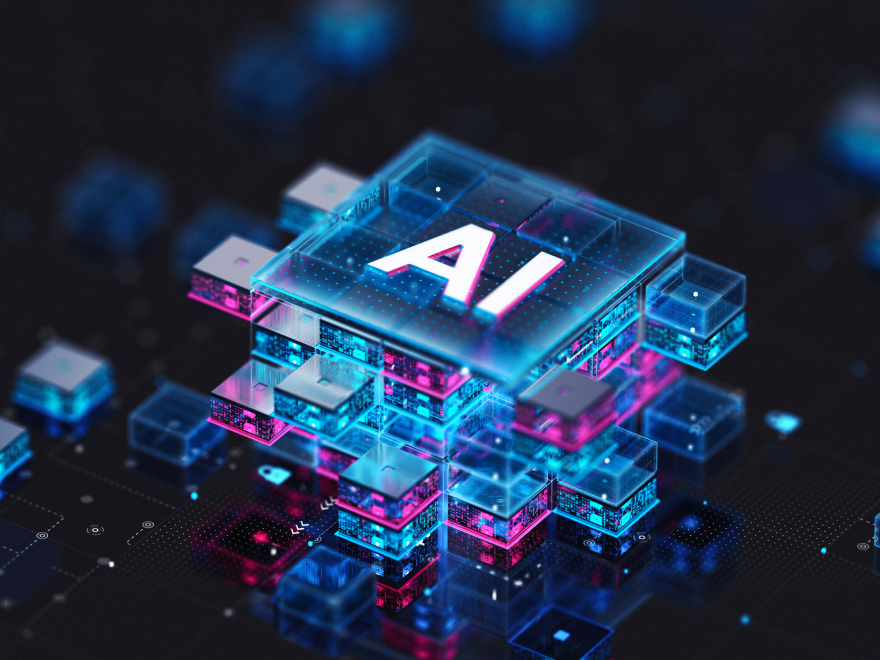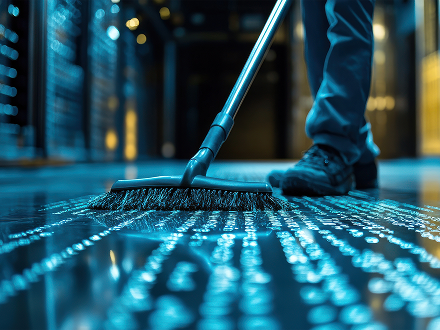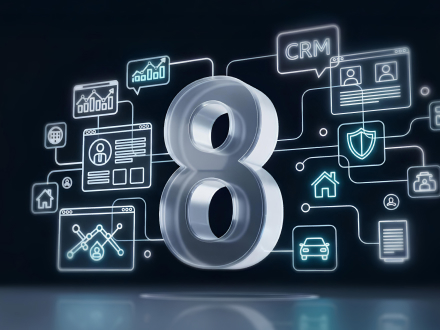Businesses adopt RPA mainly to cut down tedious manual tasks, save costs, and let employees focus on the important stuff. It's all about working smarter, faster, and easier. Plus, RPA reduces errors, boosts productivity, and scales easily as a business grows, which makes it a no-brainer for companies looking to stay competitive.
Your message has been sent.
We’ll process your request and contact you back as soon as possible.
